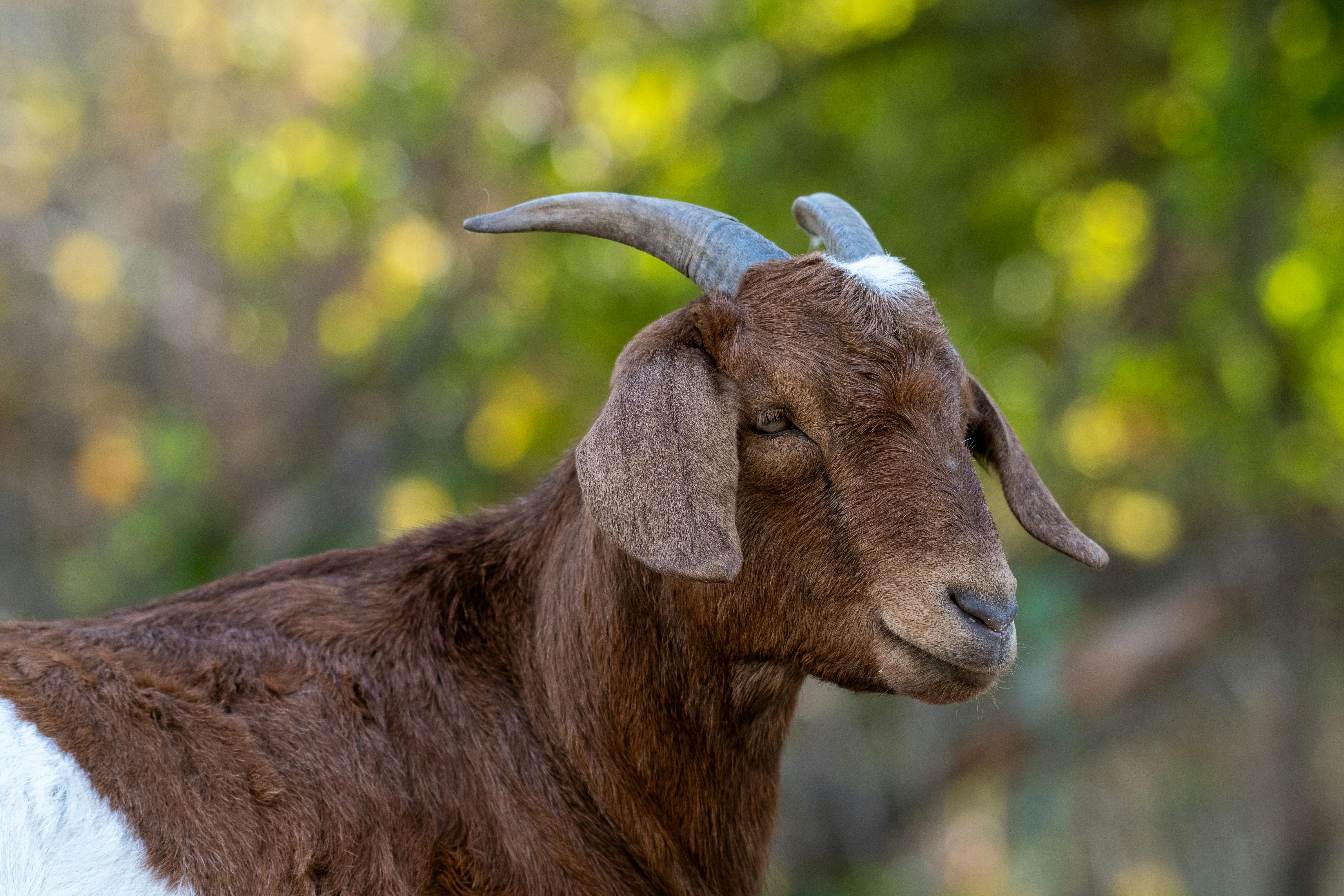Indulge in the enticing world of coffee as we unravel the captivating allure of single-origin coffee beans. At HopaCoffee.com, we are passionate about enhancing your coffee journey, and what better way to do that than by exploring the distinct flavors and aromas that single-origin beans have to offer? Delve into the rich history and culture behind these beans, as we take a closer look at the geographical origins and unique characteristics that make them a true delight for coffee lovers. Prepare to awaken your senses and embark on a flavorful adventure with every sip.

The History of Single-Origin Coffee Beans
The Origins of Single-Origin Coffee
Single-origin coffee beans have a rich history that dates back centuries. The concept of single-origin coffee originated from the practice of planting coffee trees in specific regions and identifying the unique characteristics of the beans produced in each area. This practice allowed coffee connoisseurs to appreciate the distinct flavors and qualities that were inherent to the particular geographic locations where the coffee was grown.
The early development of single-origin coffee can be traced back to the birthplace of coffee itself, Ethiopia. It was here that coffee was first discovered, and the tradition of cultivating and enjoying coffee took root. The unique terroir of Ethiopia, with its high altitudes and rich soil, produced coffee beans with complex flavors and aromas that captivated the taste buds of coffee enthusiasts.
The Rise of Single-Origin Coffee in the Specialty Coffee Industry
While the concept of single-origin coffee has been around for centuries, it was not until the specialty coffee movement gained momentum in the late 20th century that the popularity of single-origin coffee truly skyrocketed. As consumers became more educated and discerning about their coffee choices, they began to seek out unique and high-quality flavors.
The specialty coffee industry placed a great emphasis on the traceability and transparency of coffee beans, and single-origin coffee became a symbol of quality and craftsmanship. Roasters and cafes started showcasing single-origin coffees from various regions, allowing consumers to experience the distinct characteristics of coffee beans from specific origins.
What are Single-Origin Coffee Beans?
Defining Single-Origin Coffee Beans
Single-origin coffee beans are beans that are sourced from a single geographic location, typically a specific farm, estate, or region. Unlike blends, which combine beans from different locations, single-origin coffees are prized for their unique and distinct flavor profiles that are representative of the specific terroir in which they were grown.
The strict definition of single-origin coffee can vary depending on the industry and country, but in general, it means that the coffee beans come from a single origin. This focus on a specific origin allows coffee lovers to explore and appreciate the nuances and complexities of coffee flavors that can be influenced by factors such as climate, altitude, soil composition, and cultivation techniques.
The Importance of Geographic Indication
Geographic indication is a key aspect of single-origin coffee beans as it guarantees the authenticity and quality of the coffee. By specifying the exact location where the beans were grown, coffee producers can highlight the unique characteristics and flavors associated with that particular region.
Geographic indication also plays a crucial role in supporting local economies and preserving traditional coffee-growing practices. By promoting and protecting the reputation of specific regions, single-origin coffee encourages sustainability and creates a market for small-scale farmers who rely on their unique coffee offerings to thrive.

Flavor Profiles of Single-Origin Coffee Beans
The Influence of Terroir on Flavor
Terroir, or the combination of environmental factors in a specific coffee-growing region, significantly impacts the flavor of single-origin coffee beans. Factors such as climate, altitude, soil composition, and even neighboring flora all contribute to the unique taste characteristics of the coffee.
For example, coffee beans grown at high altitudes tend to have a brighter acidity and a more complex flavor profile. In contrast, beans grown in low-lying regions may exhibit a milder acidity and a heavier body. The combination of these factors creates distinct flavor profiles that can vary drastically from one region to another.
Exploring Different Single-Origin Coffee Flavors
One of the joys of single-origin coffee is the ability to explore a wide range of flavors from different coffee-growing regions. From the fruity and floral notes of Ethiopian Yirgacheffe to the chocolatey and nutty flavors of Colombian beans, each origin offers its own unique taste experience.
Latin American coffees, such as those from Costa Rica and Brazil, are known for their balanced flavors, with hints of caramel, nuts, and citrus. African coffees, like Ethiopian and Kenyan, often exhibit vibrant acidity and complex fruity aromas. Meanwhile, Asian-Pacific coffees, including those from Indonesia and Papua New Guinea, deliver rich, earthy flavors with spicy undertones.
The Sustainability and Ethical Considerations of Single-Origin Coffee
Environmental Sustainability
The production of single-origin coffee often goes hand in hand with sustainable farming practices that benefit both the environment and the farmers. Many single-origin coffee farms prioritize organic farming methods, which avoid the use of chemical pesticides and fertilizers, resulting in healthier and more environmentally-friendly coffee.
Additionally, shade-grown coffee, a common practice in many single-origin regions, contributes to biodiversity by providing habitat for various bird species and other wildlife. The natural shade canopy helps to protect the coffee plants from extreme weather conditions and reduces the need for synthetic inputs.
Supporting Local Communities and Farmers
Choosing single-origin coffee can also have a positive social impact by supporting local communities and farmers. These small-scale farmers often rely on the income from their coffee crops to sustain their livelihoods. By purchasing single-origin coffee directly from these farmers or through fair trade practices, consumers can help ensure that the farmers receive fair compensation for their hard work and dedication.
Many coffee-producing regions face economic challenges, and by promoting and supporting single-origin coffees, consumers can contribute to the economic development of these communities. Additionally, through initiatives like direct trade, coffee buyers can establish long-term relationships with farmers, fostering trust and collaboration for mutual benefit.

The Role of Roasting in Single-Origin Coffee
Roasting Techniques for Single-Origin Coffee
The art of roasting single-origin coffee requires skill and precision to bring out the best flavors and aromas of the beans. Different origins and flavor profiles may call for specific roasting techniques to optimize the potential of the coffee.
Lighter roasts are often preferred for showcasing the unique characteristics of single-origin coffees. These roasts preserve the intricate flavors and acidity of the beans, allowing the true essence of the origin to shine through. Medium roasts can enhance the body and sweetness of the coffee, while darker roasts may provide a bolder and more robust flavor profile.
Maintaining Flavor Profiles through Roasting
Roasting plays a critical role in maintaining the flavor profiles of single-origin coffees. Careful control of temperature and roasting time is necessary to ensure that the beans reach their optimal roast level without losing the desirable flavors.
Under-roasting or over-roasting can compromise the delicate balance of flavors in single-origin coffees. Achieving a consistent roast level allows coffee lovers to experience the unique characteristics of the origin with each cup. This precision in roasting is what sets single-origin coffee apart and highlights the craftsmanship of the coffee roasters.
The Art of Brewing Single-Origin Coffee
Choosing the Right Brewing Method
The choice of brewing method can profoundly impact the flavor and overall experience of enjoying single-origin coffee. Each brewing method brings out different aspects of the coffee’s flavors, allowing coffee enthusiasts to tailor their brewing techniques to their preferred taste preferences.
Methods like pour-over and French press are popular choices for single-origin coffee as they highlight the nuances of the flavors. These methods allow for better extraction control and enable coffee lovers to savor the intricate and subtle notes of the beans.
Optimal Extraction for Single-Origin Coffee
Achieving optimal extraction is crucial when brewing single-origin coffee to ensure that the flavors are balanced and well-developed. Factors such as grind size, water temperature, and brewing time all play a role in extracting the desired flavors from the beans.
Experimentation and careful adjustments are often necessary to find the ideal extraction parameters for each particular single-origin coffee. By paying attention to brewing variables and refining the brewing process, coffee lovers can unlock the full potential of the beans and enjoy a truly exceptional cup of single-origin coffee.

The Growing Popularity of Single-Origin Coffee among Coffee Enthusiasts
The Increasing Consumer Demand
As specialty coffee continues to gain popularity, so does the demand for single-origin coffee. Coffee enthusiasts are now more educated about the intricacies of coffee flavors and are seeking unique and exceptional taste experiences. The transparency and traceability offered by single-origin coffee resonate with consumers who value authenticity and are willing to explore different origins.
In addition to flavor, many consumers are also drawn to the story behind single-origin coffee. Each cup offers a connection to the farmers and communities that grow the beans, creating a sense of global consciousness and appreciation for the hard work that goes into every cup.
The Third Wave Coffee Movement
The rise of single-origin coffee aligns with the third wave coffee movement, which focuses on the craftsmanship and quality of coffee. This movement emphasizes the importance of ethical sourcing, sustainability, and the elevation of coffee as an artisanal product.
Third-wave coffee shops and roasters often take pride in offering a diverse selection of single-origin coffees, rotating their offerings based on seasonal availability and showcasing the best beans from around the world. This dedication to sourcing and roasting exceptional single-origin coffees has fueled the popularity of the movement and introduced more people to the wonders of coffee exploration.
Exploring Different Single-Origin Coffee Regions
Latin America
Latin America is renowned for its coffee production, with countries such as Brazil, Colombia, and Costa Rica dominating the global coffee market. The region’s volcanic soil, high altitudes, and favorable climate provide ideal conditions for growing coffee.
Brazilian coffee is known for its mild and nutty flavors, often with notes of chocolate and caramel. Colombian coffee, on the other hand, is characterized by its balanced acidity, medium body, and bright flavors of fruit and citrus. Costa Rican coffee offers a complex flavor profile, ranging from fruity and floral to chocolatey and nutty, depending on the specific region and elevation.
Africa
Africa is home to some of the most distinct and sought-after single-origin coffees in the world. Ethiopia, the birthplace of coffee, showcases remarkable flavor diversity, with coffees ranging from bright and fruity to floral and slightly spicy. Ethiopian Yirgacheffe and Sidamo are particularly prized for their complex flavors and vibrant acidity.
Kenyan coffee is known for its bold and fruity flavors, often with a wine-like acidity and notes of blackcurrant and berry. African coffee regions like Tanzania and Rwanda also produce unique and flavorful beans that exhibit a balance of brightness and sweetness.
Asia-Pacific
The Asia-Pacific region offers a diverse range of single-origin coffees that are gaining recognition for their distinct flavors. Indonesian coffees, such as those from Sumatra and Java, are known for their full-bodied and earthy flavors, often with herbal and spicy undertones.
Papua New Guinea and Thailand produce single-origin coffees with bright acidity and tropical fruit flavors. These coffees offer a unique taste experience that showcases the flavors of the region and the local coffee-growing traditions.

How to Source and Purchase Single-Origin Coffee Beans
Direct Trade vs. Fair Trade
When sourcing single-origin coffee beans, consumers have the option of choosing between direct trade and fair trade options. Direct trade involves a direct relationship between the coffee buyer and the farmer, promoting transparency and often resulting in higher prices paid directly to the farmer.
Fair trade certification ensures that farmers receive fair compensation for their coffee, and specifically focuses on guaranteeing fair wages and safe working conditions. Both direct trade and fair trade options contribute to the sustainability and economic well-being of coffee-growing communities, and consumers can choose based on their specific priorities and values.
Finding Reputable Coffee Roasters
To ensure the highest quality and authenticity of single-origin coffee beans, it is important to source them from reputable coffee roasters. Look for roasters who prioritize transparency and source their beans directly from the origin or have a solid relationship with trusted coffee importers.
Reading reviews and seeking recommendations from other coffee enthusiasts can also help in identifying reputable coffee roasters. It is also worthwhile to consider local roasters who are passionate about showcasing the best single-origin coffees from around the world.
The Future of Single-Origin Coffee
Innovation and Experimentation
As the popularity of single-origin coffee continues to grow, so does the desire for innovation and experimentation within the industry. Coffee producers and roasters are constantly seeking new ways to enhance the flavor profiles of single-origin coffees, whether through experimental processing methods or unique cultivation techniques.
This push for innovation ensures that single-origin coffee remains a dynamic and evolving beverage, providing coffee lovers with a never-ending journey of exploration and discovery.
Preserving Coffee Diversity
The future of single-origin coffee also relies on the preservation of coffee diversity. Climate change, pests, and diseases pose significant threats to coffee crops, and efforts must be made to protect and preserve the genetic diversity of coffee plants.
By supporting sustainable farming practices and promoting biodiversity in coffee-growing regions, the industry can help safeguard the future of single-origin coffee. This includes initiatives such as investing in research and development, sharing agronomic knowledge, and supporting farmers’ efforts to adapt to changing environmental conditions.
In conclusion, single-origin coffee beans have a storied past that dates back to the origins of coffee itself. The rise of single-origin coffee in the specialty coffee industry has allowed for the exploration and appreciation of unique flavors and the support of sustainable and ethical farming practices. The art of roasting and brewing single-origin coffee showcases the craftsmanship of the industry and the passion of coffee enthusiasts. With the growing popularity of single-origin coffee, consumers have a wide range of flavors and regions to explore, each offering a distinct and exceptional taste experience. By sourcing from reputable roasters and embracing the future of innovation and preservation, the allure of single-origin coffee beans will continue to captivate coffee lovers for years to come.

